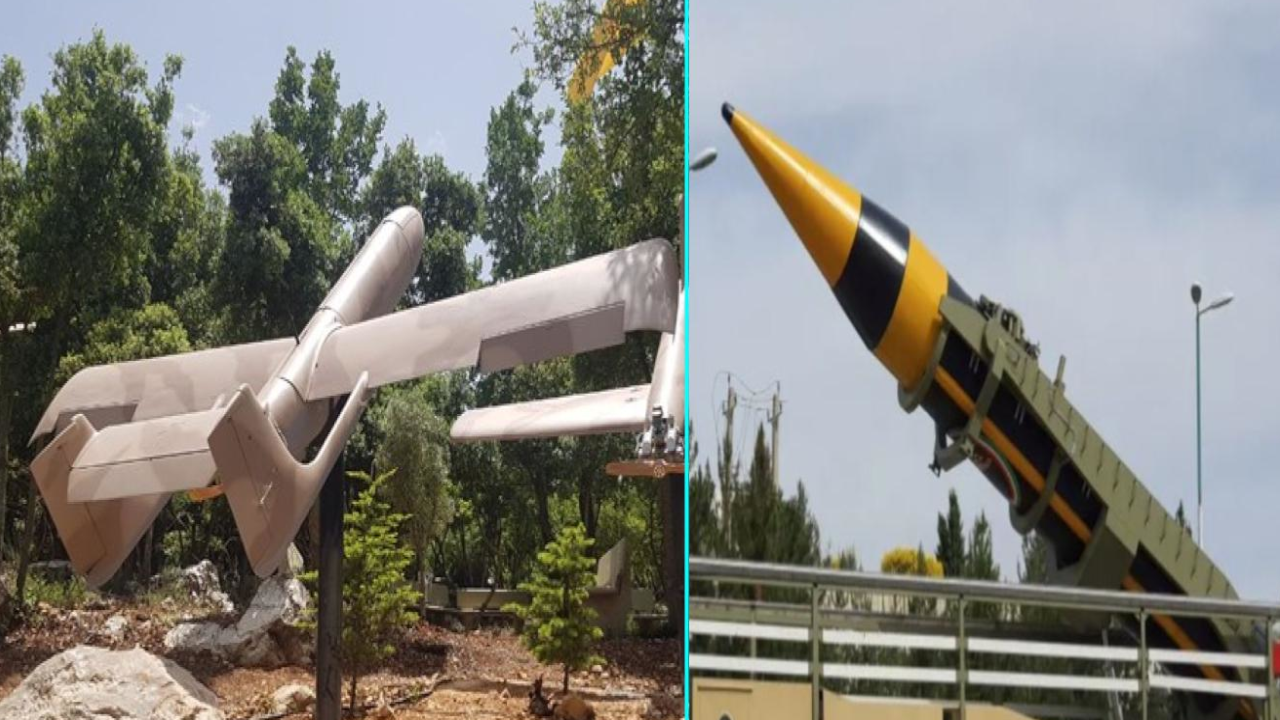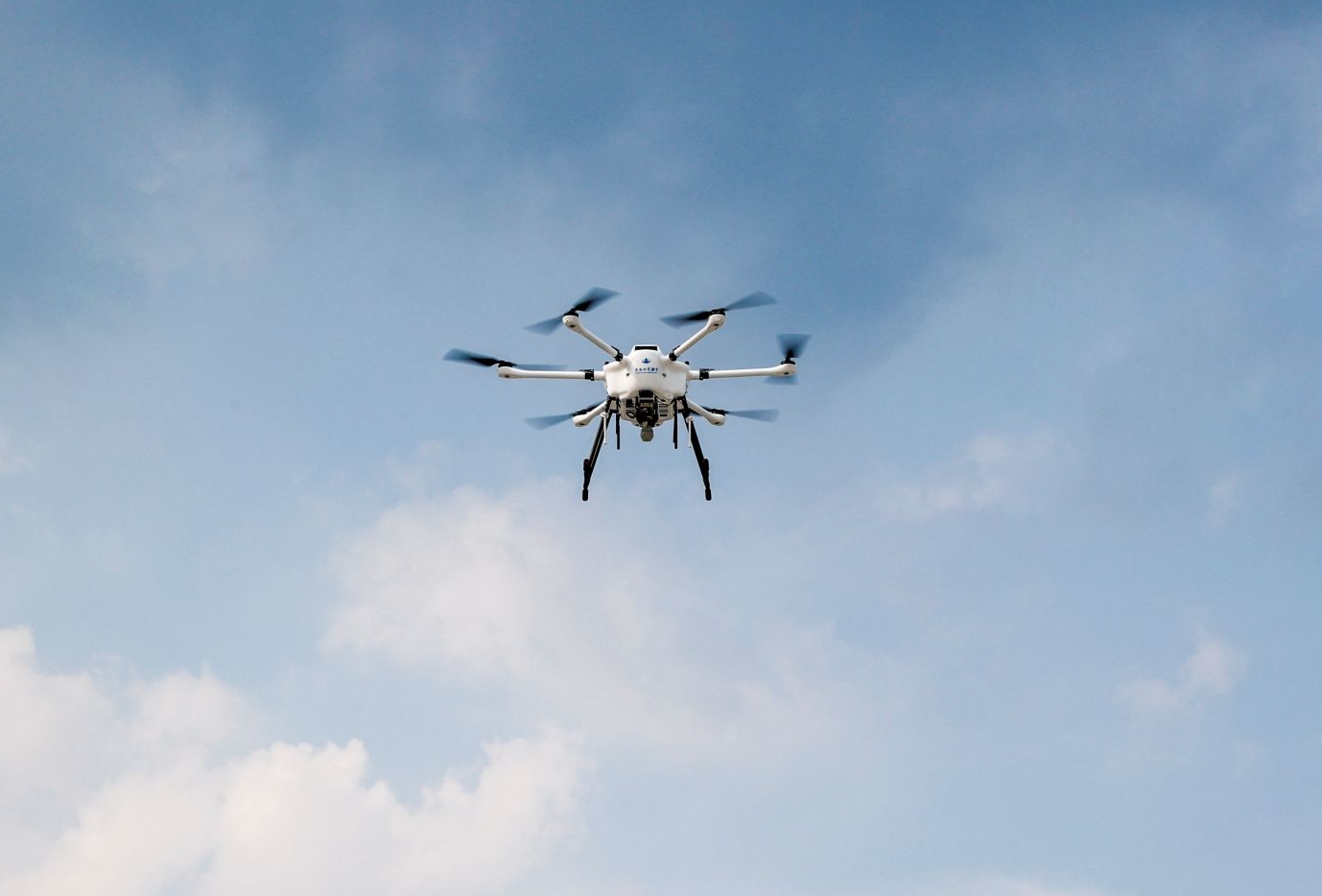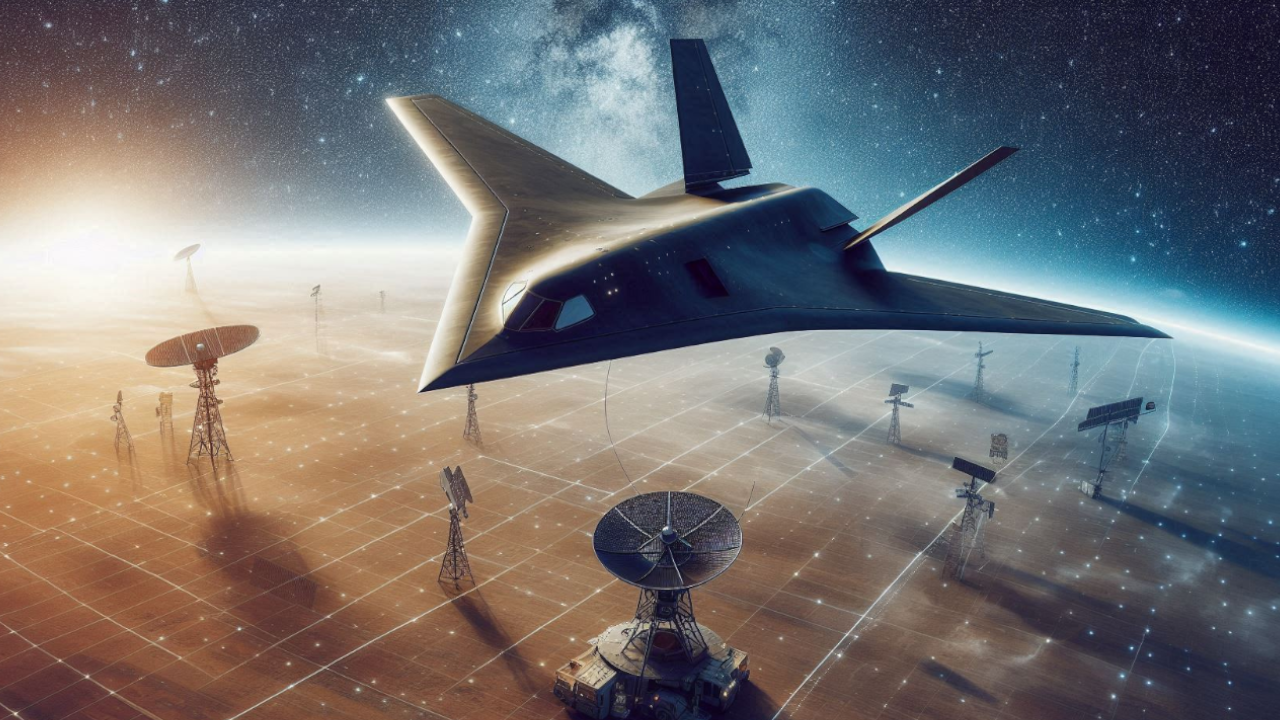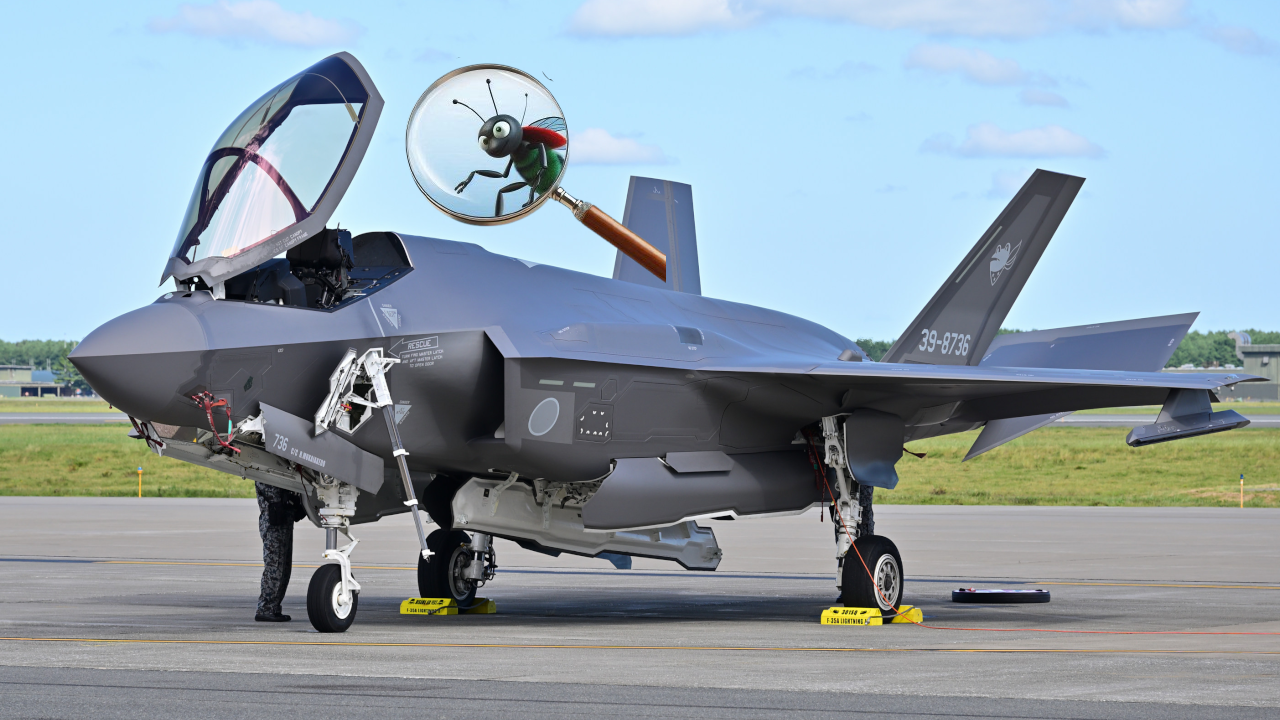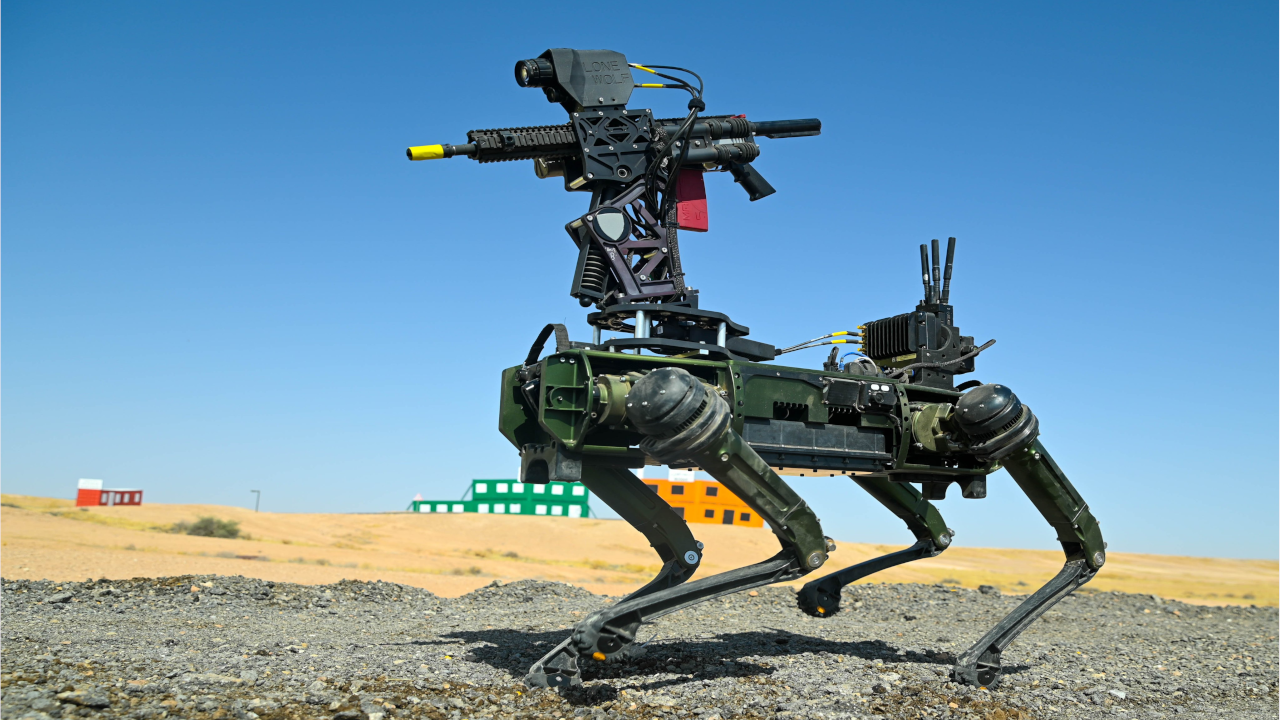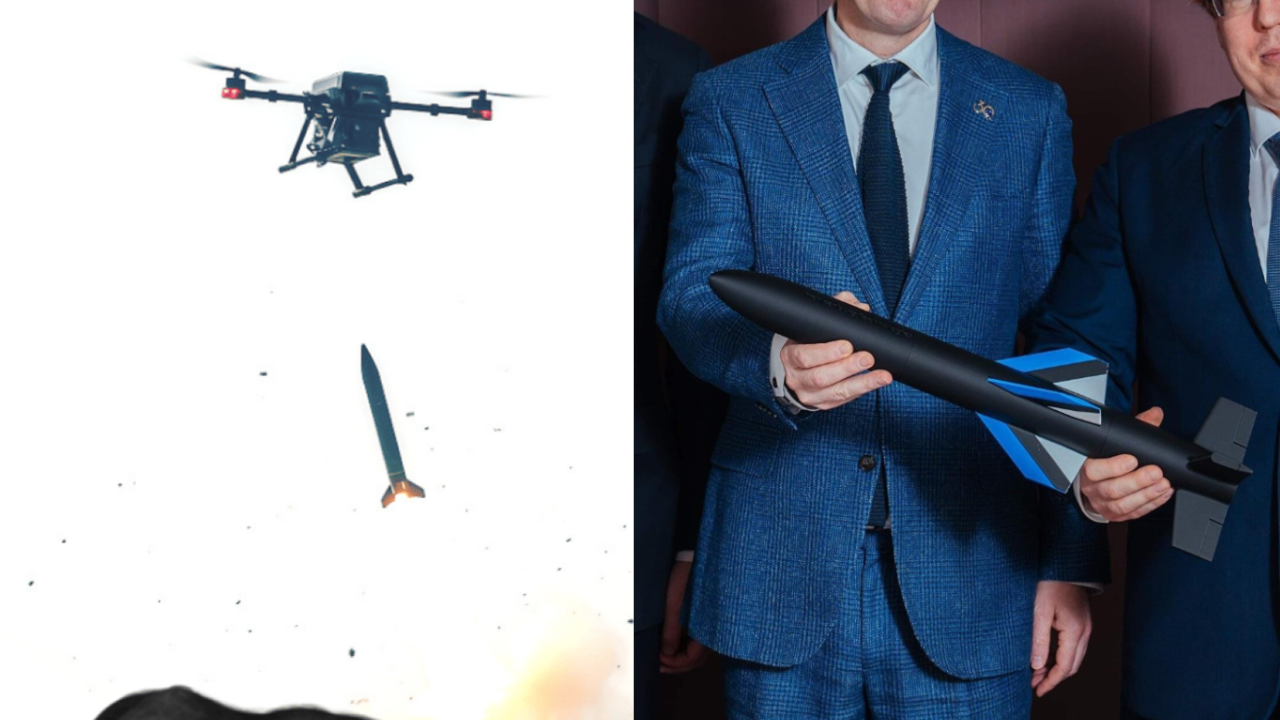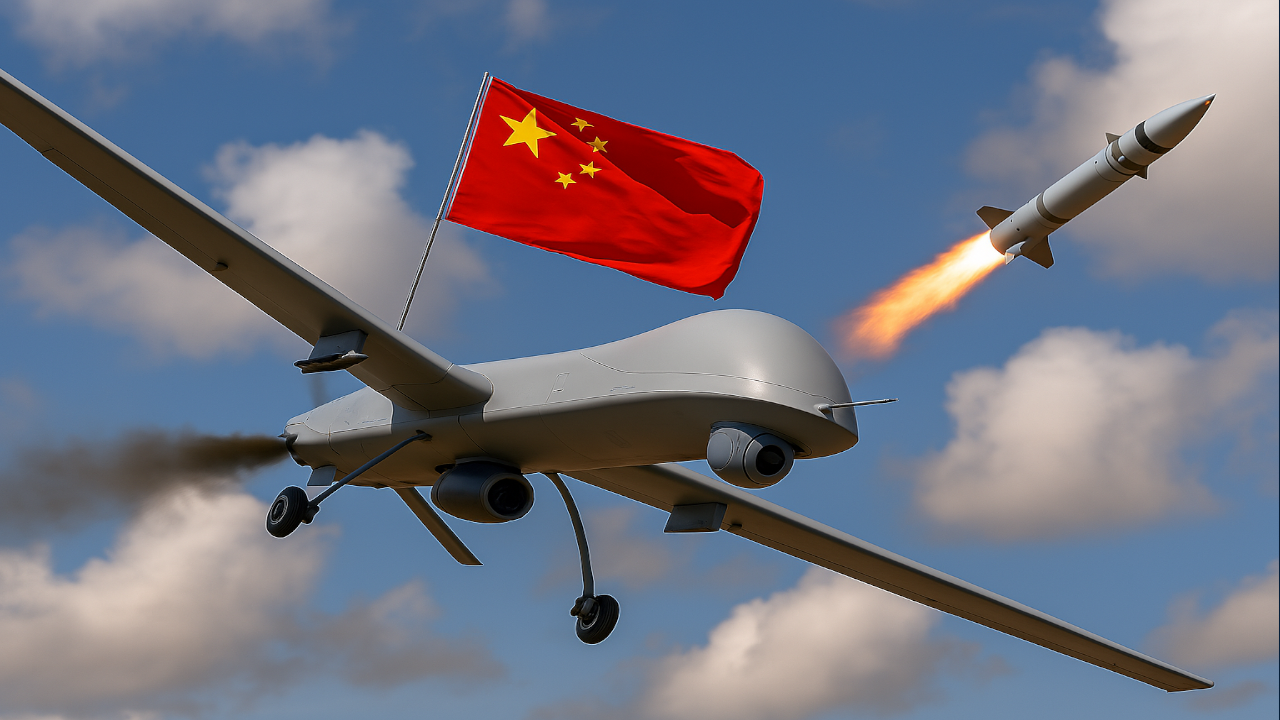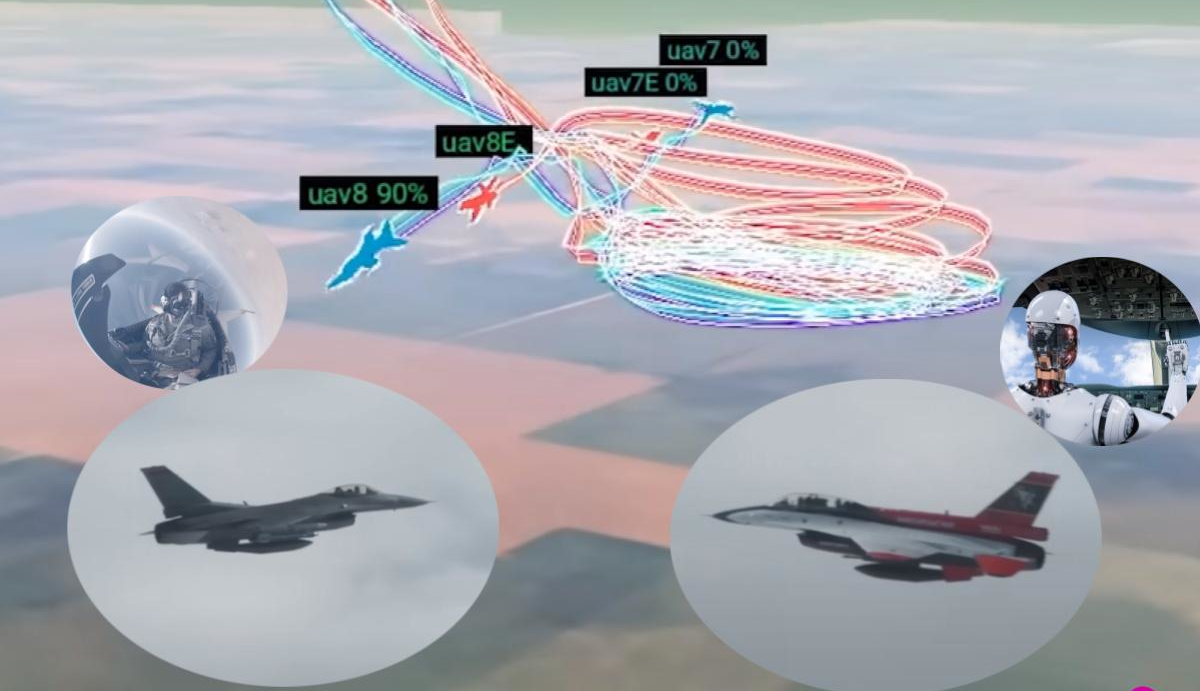A drone carrying an explosive warhead and programmed to collide with its target is known by various names such as loitering munitions, kamikazes, or suicide drones. Famous examples include Iran’s Shahed-136, which Russia has rebranded as Geranium-2 and used extensively in Ukraine, and the US-made Switchblade 600 used by Ukraine.
Kamikazes are designed to loiter until they find their target, then dive and detonate, causing significant damage despite their relatively small warheads. They have become a game-changer on modern battlefields, particularly in the Russo-Ukrainian War and the Israel-Lebanon War where Hezbollah has employed them extensively against vehicles and personnel.
While the specific technology varies, kamikazes typically rely on autonomous navigation systems and GPS guidance. Some can be remotely controlled, others use cameras and thermal imaging for precision targeting.
Kamikazes and Artificial Intelligence
Most kamikazes do not use artificial intelligence because their purpose is to go to a specific target and hit it. They might be connected to an operator who controls them and directs them to the target when it’s seen.
However, some of them use artificial intelligence to allow them to operate independently against moving targets. They are equipped with an AI system to identify targets based on information gathered by their sensors, such as optical and thermal cameras. When they identify a pre-defined target, such as individuals or vehicles, they attack and explode without any operator intervention.
They can be useful in situations where there is interference with the operator’s connection, as they can complete the mission on their own without any issues, or when the number of targets is large and requires a long search process, making it difficult to assign a person to monitor each kamikaze while it searches for its target.
Kamikazes and Air Defense Systems
Kamikazes pose a significant challenge to air defense systems due to their small size, maneuverability, and the ability to be launched in swarms. This makes them difficult and costly to intercept, especially considering their low production costs. As a result, they have become a nightmare for air defense systems, prompting nations to develop countermeasures such as high-energy lasers and microwaves, though with limited success so far.
Kamikazes are versatile weapons, suitable for both offensive and defensive operations. Their ease of deployment and low cost make them a potent tool for militaries with limited budgets, capable of producing effects comparable to expensive precision-guided missiles.

